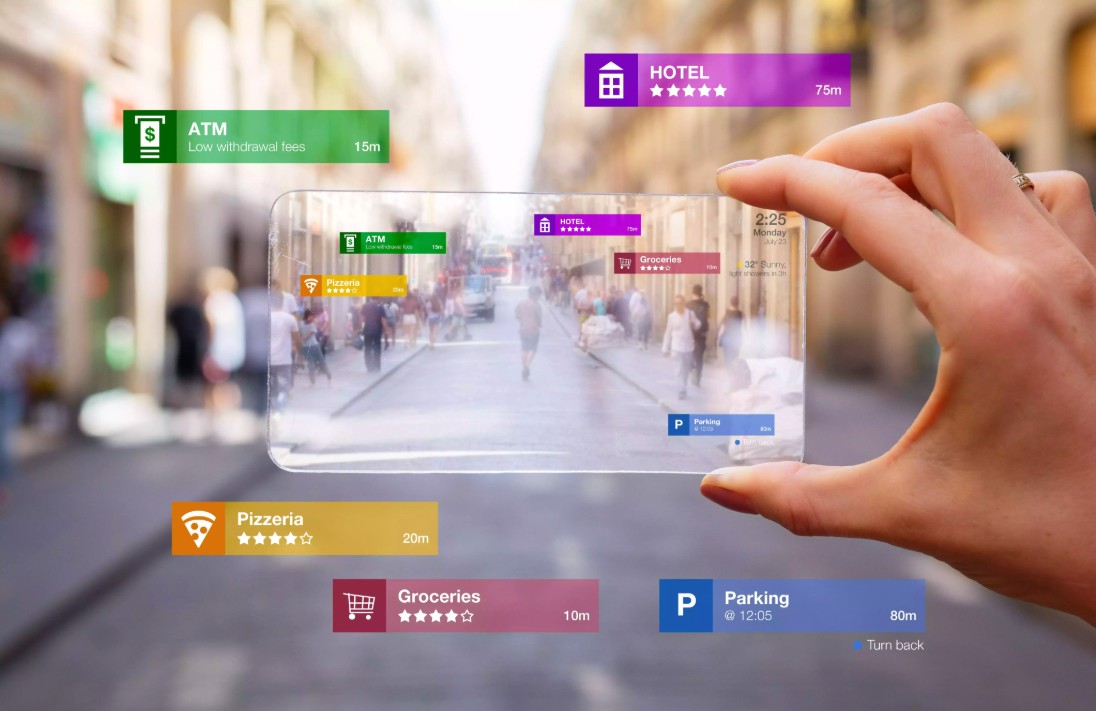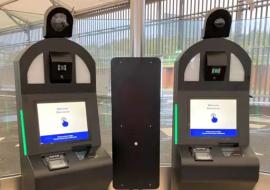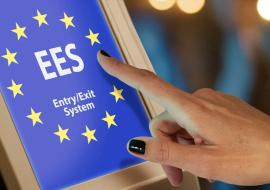Smart Tourism: How Technology and Sustainability Are Reshaping the Way We Travel

What was once considered a futuristic concept is now a tangible shift in the global travel landscape. Smart tourism is transforming how we explore destinations, interact with services, and connect with local communities. By merging digital innovation, sustainability, and personalized experiences, this new model of tourism is redefining the industry from the ground up.
The Origins of Smart Tourism
The idea of smart tourism began gaining traction in the early 2010s, particularly in progressive European cities such as Barcelona, Amsterdam, and Málaga. These cities recognized that integrating technology, open data, and urban innovation into their tourism strategies could improve not only the visitor experience but also the quality of life for residents.
The movement received a major boost from the European Commission’s initiative to name European Capitals of Smart Tourism, an annual recognition of cities excelling in areas such as accessibility, digitalization, cultural heritage, and sustainability. This helped position smart tourism not as a luxury, but as a necessary evolution of the travel sector.
How Smart Tourism Is Emerging Today
Smart tourism is no longer confined to a few leading cities. Today, it is emerging worldwide as a comprehensive response to pressing challenges such as overtourism, environmental degradation, and accessibility barriers. At its core, it relies on three fundamental pillars:
-
Technology: Tools like big data analytics, AI, IoT (Internet of Things), and augmented reality are being used to manage tourist flows, improve infrastructure efficiency, and deliver real-time, tailored recommendations to travelers.
-
Sustainability: Smart tourism embraces eco-conscious practices—ranging from carbon-neutral transportation options to digital solutions that monitor environmental impact—encouraging more responsible travel behavior.
-
Connectivity and Inclusion: Whether it’s through seamless Wi-Fi, real-time multilingual information, or barrier-free navigation tools, smart tourism ensures that travel is more inclusive and accessible for all.
Key Features That Define Smart Tourism
What sets smart tourism apart is its human-centric approach—leveraging technology not just for innovation’s sake, but to create better experiences for both tourists and locals. Its most notable features include:
-
Hyper-personalization: Smart systems analyze preferences and behaviors to offer customized itineraries, dynamic pricing, and unique local experiences aligned with individual interests.
-
Data-driven decision-making: City planners and tourism boards use data to manage visitor capacity, mitigate overcrowding, and better distribute tourists across lesser-known areas, promoting equity and preservation.
-
Community engagement: Local residents play a role in shaping tourism policy and offerings, thanks to participatory digital platforms. This fosters a more democratic and cooperative model of tourism development.
-
Immersive experiences: Technologies like virtual tours, interactive maps, and AI-powered chatbots enhance the travel experience at every stage—from inspiration and planning to in-destination exploration and post-trip sharing.














